Figures & data
Figure 1. The transformation of the administrative district in Gangnam. This paper will focus on area within the current district lines because most factors that regulate the traits of Gangnam are found in this area.
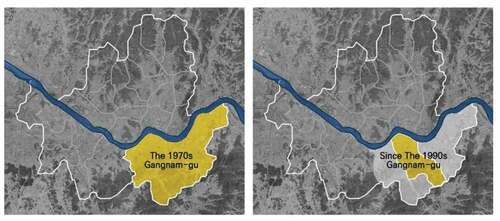
Figure 2. The Nonhyun-dong Apartment Complex was constructed in 1971 (Top), with the Daechi-dong Eun Ma Apartment Complex being constructed in the 1980s (Bottom).
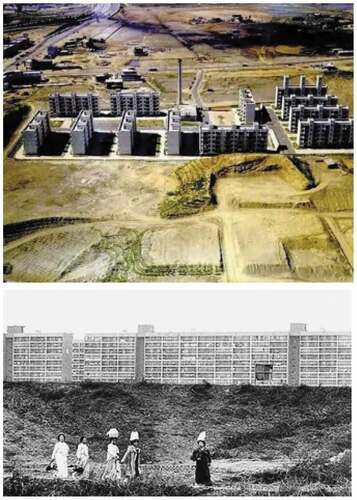
Figure 3. A poster and scene from the film BokBooIn directed by Im Kwon Taek. BokBooIn and their speculation was a severe phenomenon in Gangnam in the 1970s and was often mentioned in the news while commonly being criticized in movies as a dire social issue.
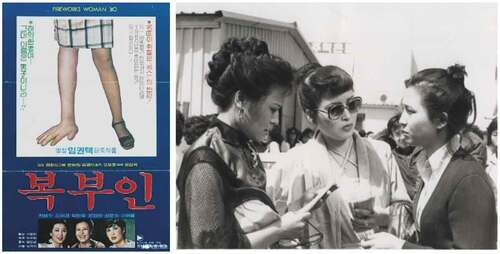
Figure 4. Spread of apartment complexes from the 1970s to the 1980s. Apartments build from the 1990s were excluded because they were not directly related to the speculation of BokBooIn discussed in this paper. Due to the success of apartment complexes in Gangnam, the apartment became the main type of residence in Korea and spread throughout the country in the 1990s.
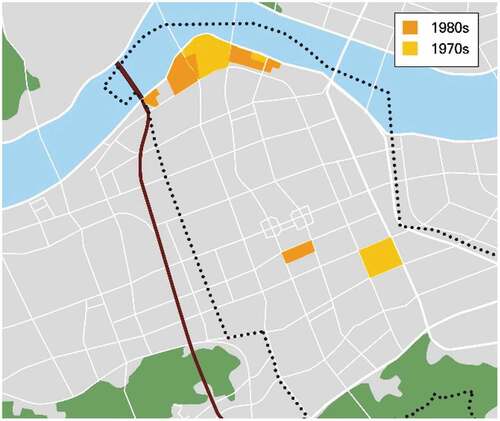
Figure 5. In an advertisement for the Donghwa Department Store (the predecessor of the Shinsegae Department Store) in 1963, women were shown shopping with their husbands before they attained independent financial power.
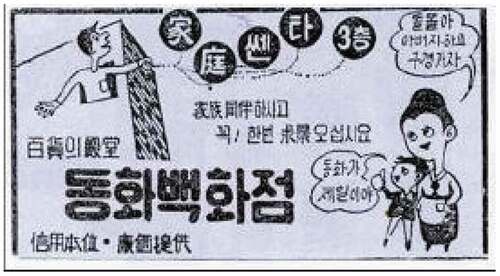
Figure 6. Articles about the newly rising commercial area in Gangnam in the 1980s. The financial power of women led to the development of a new commercial area in Gangnam and triggered the move of shops, fashion industries and entertainment facilities to Gangnam from Gangbuk.
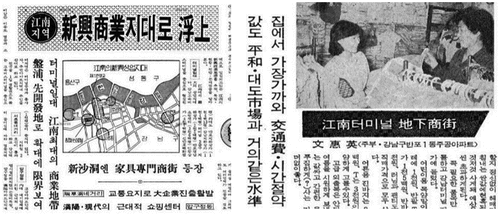
Figure 7. Shopping districts and department stores opening from the 1970s to the 1990s. Triangles indicate department stores including two which no longer exist today because of financial problems and structural collapse. With the development of Gangnam as a space of consumption, department stores and shopping malls were constructed at a rapid pace but were structurally and financially unstable.
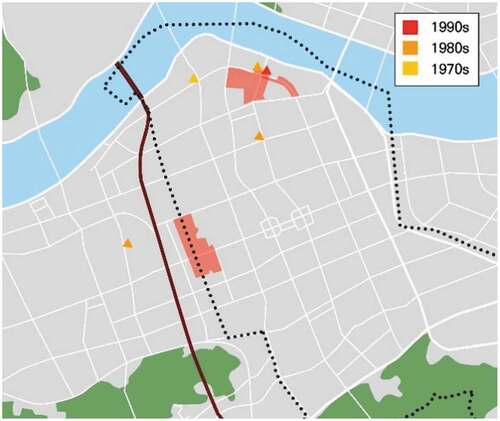
Figure 8. Cram schools usually opened in Dangju-dong, Gangbuk until the 1980s, but from the early 1990s, Daechi-dong, Gangnam grew into the most well-known private cram school zone in Korea.
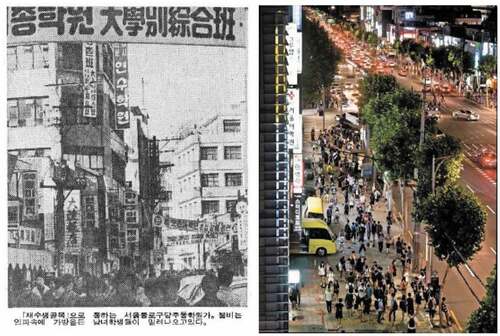
Figure 9. Curbside pick-ups are the reason for parking difficulties and traffic jams near the private cram school zone, which has long been regarded as a serious social problem for the area.

Figure 10. Prestigious schools and private cram schools opening from the 1970s to the 1990s. When the private cram school zones are evaluated in regard to apartment complexes, we can see that these educational zones have formed where prestigious schools and residential areas come into contact.
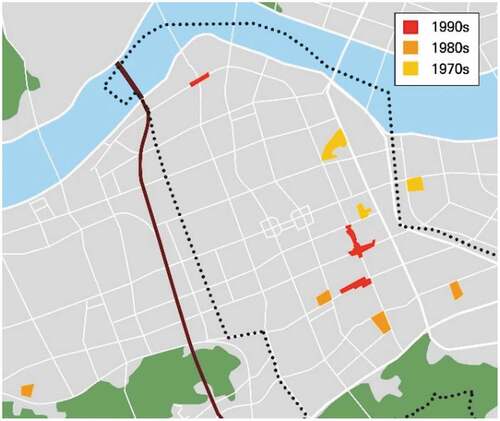
Figure 11. Luxurious city buildings for plastic surgery clinics that take on the appearance of sophisticated offices or luxury goods stores to subtly lower any repulsion about biased aesthetic values toward women’s bodies.

Figure 12. Advertisements for plastic surgery clinics inculcate distorted concepts for female bodies and beauty into women during everyday life in urban spaces such as subway stations, bus stops, etc.
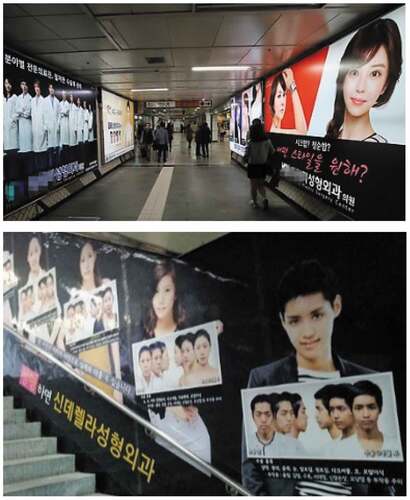
Figure 13. Plastic surgery district since the 1990s. After the craze for attaining a “feminine” appearance began, a fully-fledged plastic surgery industry that was previously scattered over the city converged intensively in Gangnam.

Figure 14. Hubertus House, Aldo van Eyck and Hannie van Eyck (1973–1981) (Left). Space Sallim, Units UA (2017–2020) (Right).
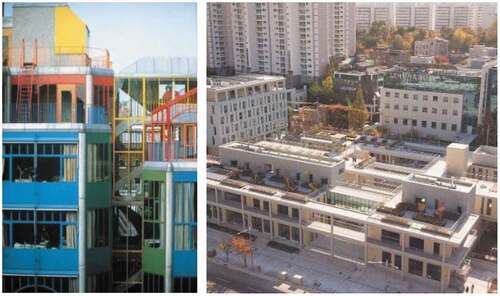
Figure 15. Emergence of space for Korean women and its current network. Different shades indicate the enforcement of a woman-friendly city in each borough of Gangnam. Spaces for women in the Gangnam area include facilities and institutions for multicultural families, working moms, sexual violence victims, etc. These organizations continue to expand from Gangnam to other parts of Seoul.
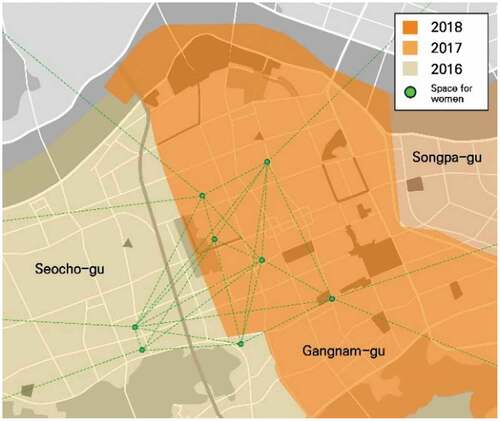
Table 1. The tropes of Gangnam women and the number of related articles.
